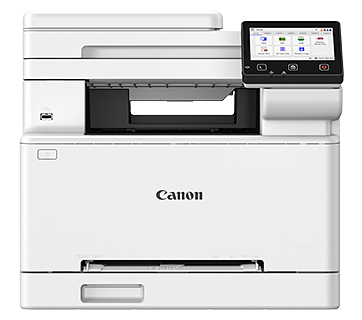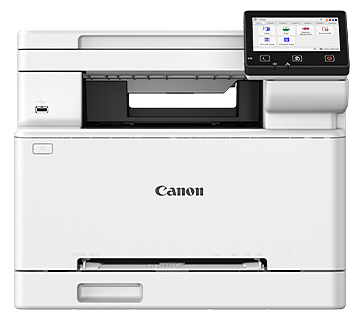
How to Ease Your Company’s Transition Towards Digitisation
by Vincent Low, Senior Director & General Manager, Canon Business Imaging Solutions
It’s not surprising that in today’s digital day and age, businesses have already digitised some, if not all forms, of their processes or are looking to do so. In fact, research done by Gartner has shown that 87% of senior business leaders now cite digitisation as a priority for their company.
Today, the always-connected customer has discoverability, access and choice at his/her fingertips. This makes digitisation essential for any business. But what about companies stuck in the days before this digital era? How can they be convinced and persuaded into making the switch?
For those in the industry long enough, it’s evident that digitisation is on the rise – with benefits such as building stronger customer relationships, increasing cross-selling opportunities and focusing on corporate growth – but nobody actually talks about the transition process. It’s easy to say “let’s do this!” but how can we facilitate the journey from getting here to there?
Here are a few things that I’ve noted from my experience which might be of help to businesses looking to make the transition.
Consult the experts
According to The Business Times, only 29% of businesses have a comprehensive digital strategy in place, despite 80% of business leaders believing that they need to transform digitally to enable future growth. Getting the right people to come in is important in setting the right foundation and developing a key digital strategy.
The best way to start is to get advice from those who know best. Trust the experts to guide you along the way – the Canon Business Services (CBS) team, for example, consists of specialised operators that offer a helping hand for businesses looking to digitise their documents and streamline their business processes. Offering a plethora of services such as managing your company’s central mail hub to maximising your document service centre. By employing the right people, you can be better assured of making informed choices that will benefit your company in the long run. Simply put, if you’re not sure on how to start, let the experts lead the way!
Choose a partner that is reliable
That being said, hiring experts does not mean that they make a good support system. For a journey that you’re embarking with your company, it would definitely be wise to work with a team that is reliable and trustworthy. An efficient and dependable team can only mean greater productivity, time and cost-savings.
Choose a team that’s well-skilled, knowledgeable, accountable, and well-reputed. Trust is instrumental in any business, and a strong support team can help you and your company feel well-equipped and confident throughout the digital transition and beyond.
Utilise the right technology
If you are a business leader, you will understand the importance of making value-adding decisions – this includes choosing the right type of technology for your company. Based on my experience, one thing has been clear: never choose cheap technology over good technology. This is something that rings true time and time again, because ultimately, you pay for what you get. When you find yourself replacing your bad tech frequently, or when your lower-grade equipment is unable to perform to standard, you end up paying more to make up for its shortcomings in the long-haul.
As with a mediocre hire, you will not realise that mediocre technology is a bad fit for your company until much later, dredging up considerable costs and wasted time. Why go through all the trouble? Do your homework and get it right from the start – invest in the right technology that will help your company exponentially in the future.
Address natural resistance
Frustration and confusion are natural responses from your employees, especially after you announce a major change in your company processes. Many are comfortable with routine, and with digitisation, the status quo is disrupted. It is important to address natural resistance with patience and understanding – according to our CBS team, redundancy is a common worry from our clients’ employees.
To deal with this, business leaders should assure employees that planned changes only help to make business processes more streamlined and efficient, and not replace workers entirely. As highlighted by Deloitte, businesses need to let their employees know their value in how they can help and contribute towards the change as well. After all, technology should help workers become more efficient at what they do – so that they can spend more time doing what they do best, instead of being occupied by day-to-day administrative tasks and back-office issues.
Empower employees with technology
While technology advances relentlessly, some things remain fundamental. One point that I constantly reiterate to my staff is that technology cannot replace the human touch. Technology can improve our processes abundantly but it cannot replace the human connection and communication. Ensuring that your employees are well-aligned with your goals for digitisation is crucial.
Besides emphasising how each role in the company is important, leaders also need to provide greater assurance for your employees by conducting regular workshops and talking about this trend. When digitising, educating your staff is key; you need your company to get on board and teach them how to best maximise it, so that your company can fully enjoy the benefits it bring
Digitisation is crucial in our world today but always remember to look at it as an upgrade, not a makeover. Business leaders need to make informed choices while providing validation and reassurance in the process. Digitisation is just another gateway to greater possibilities and like any other tool – you need to go through a few steps to familiarise yourself with it in order to maximise its full potential for your cause.
Follow Canon Singapore on LinkedIn for more updates from Vincent Low!








